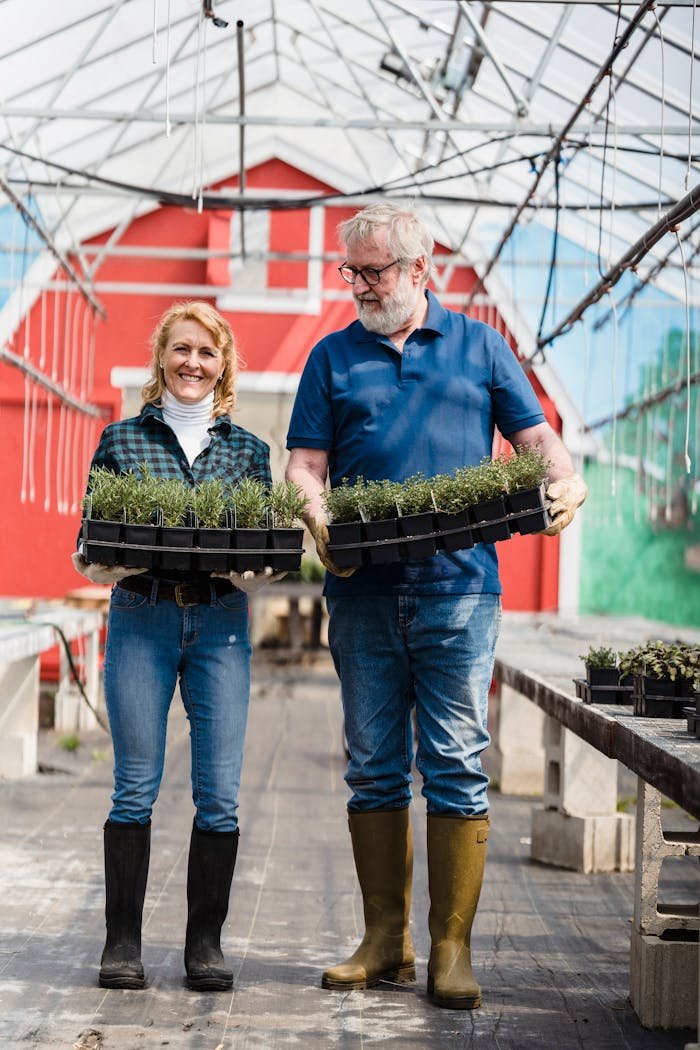If you’re dreaming of sweet, juicy fruit from your own garden, learning the crimson sweet watermelon growing stages is the perfect place to start. This classic warm-season vegetable is a favorite among home gardeners in the USA for its vibrant red flesh, striped green skin, and reliable harvest. From seed to ripe fruit, each stage requires specific care and timing. With the right knowledge, you’ll enjoy growing this full sun garden plant and watching it thrive. Knowing how to manage vine spacing for watermelons, provide the best soil for watermelons, and use proper care techniques will lead to large, flavorful melons by summer’s end.
Choosing the Right Crimson Sweet Watermelon Seeds
Choosing high-quality seeds is the first and most important step. You should look for heirloom watermelon seeds that are non-GMO watermelon varieties and labeled as open-pollinated watermelon. These seeds are more natural and tend to grow into stronger, tastier fruit.
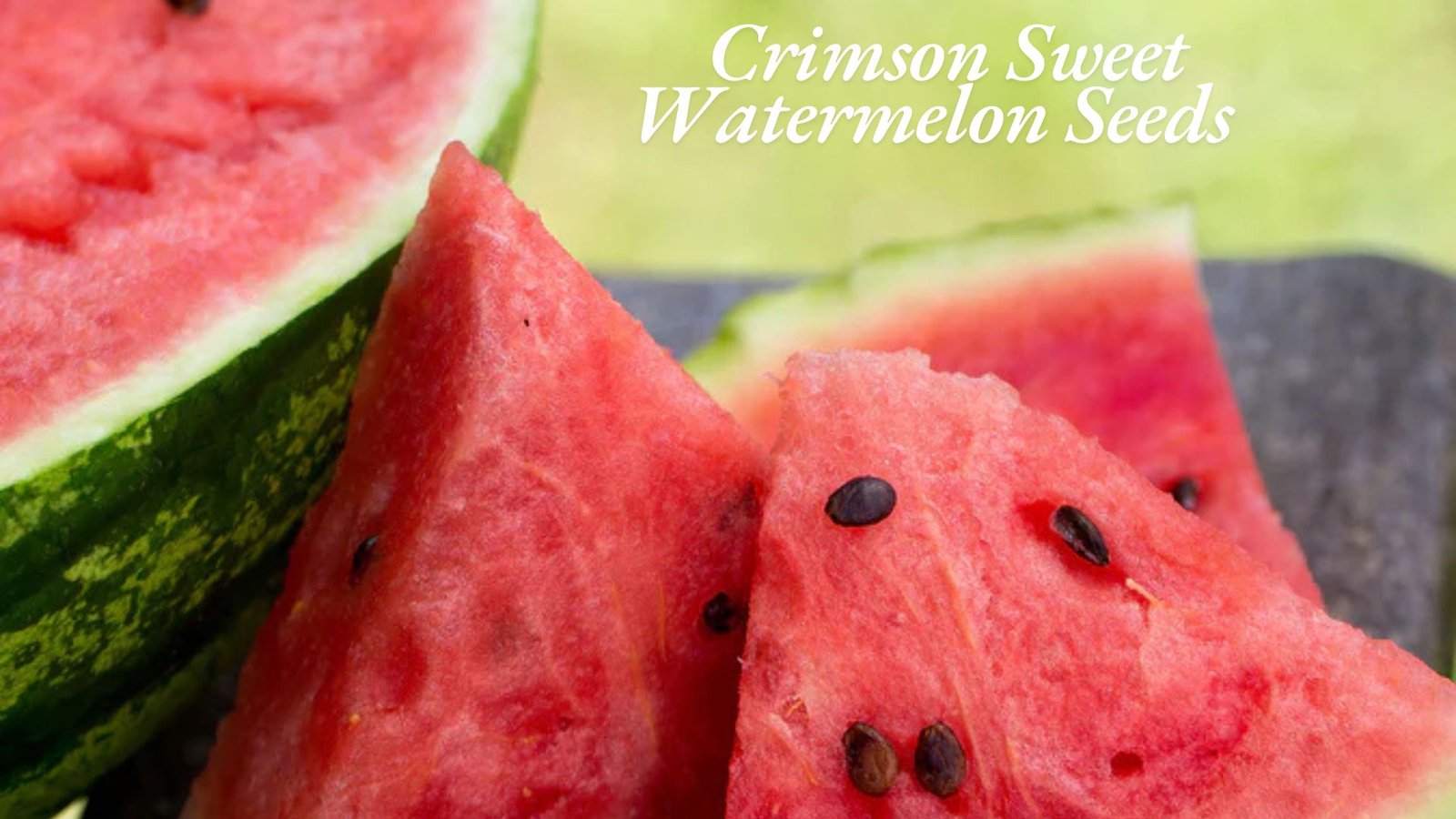
The seeds you select should also be fresh and well stored. Seeds more than a few years old may not sprout well. Always check labels and avoid anything that looks damaged or old. You can also try seed vault kits that include multiple varieties for fun and variety. These kits usually feature trusted open-pollinated watermelon options. Crimson sweet watermelon growing stages is very easy method.
Best Time and Conditions to Plant Crimson Sweet Watermelon

One of the most common questions is when to plant Crimson Sweet watermelon. The best time is after the last frost in spring when the soil has warmed to at least 70°F. That’s the best temperature for watermelon germination, especially for southern and midwestern gardens.
This fruit is a full sun garden plant and needs long, warm days to grow well. Pick a spot that gets 6 to 8 hours of sun every day. Use loose, well-draining soil. The best soil for watermelons is sandy loam with good airflow and space. Make sure the pH is between 6.0 and 6.8 for best results.
How to Start Crimson Sweet Watermelon from Seed
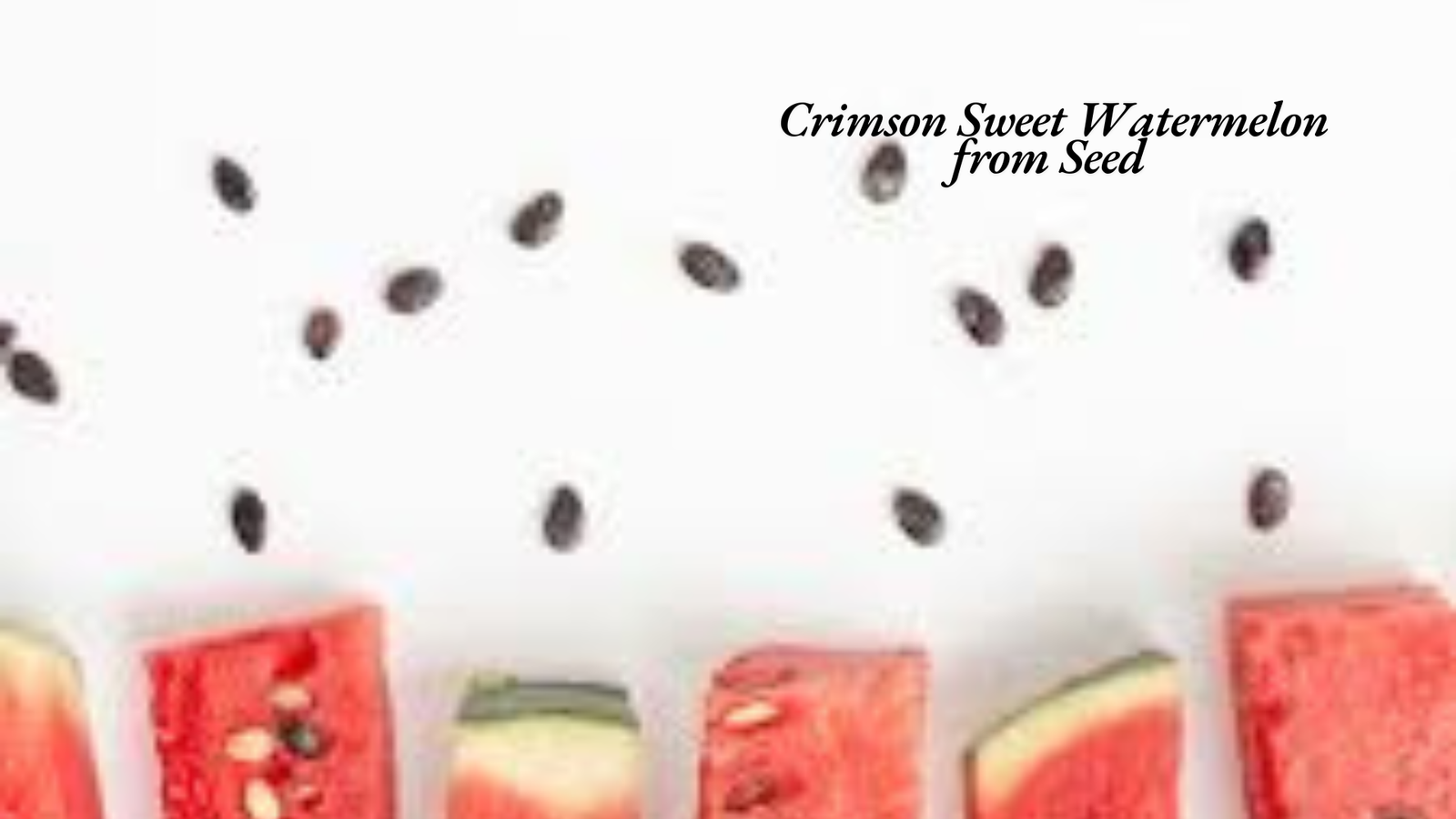
Some gardeners wonder, do watermelon seeds need to be started indoors? While direct sowing is common, starting seeds inside 3 to 4 weeks before your last frost helps them grow faster. This is called watermelon seed starting, and it gives your plants a head start.
Wondering how deep to plant watermelon seeds? Place them about 1 inch into the soil. Keep the trays warm and moist until they sprout. Seedlings usually appear in 7 to 10 days if the soil is warm enough. Thin the weakest plants and leave only the strongest in each container or pot.
Transplanting Watermelon Seedlings into the Garden
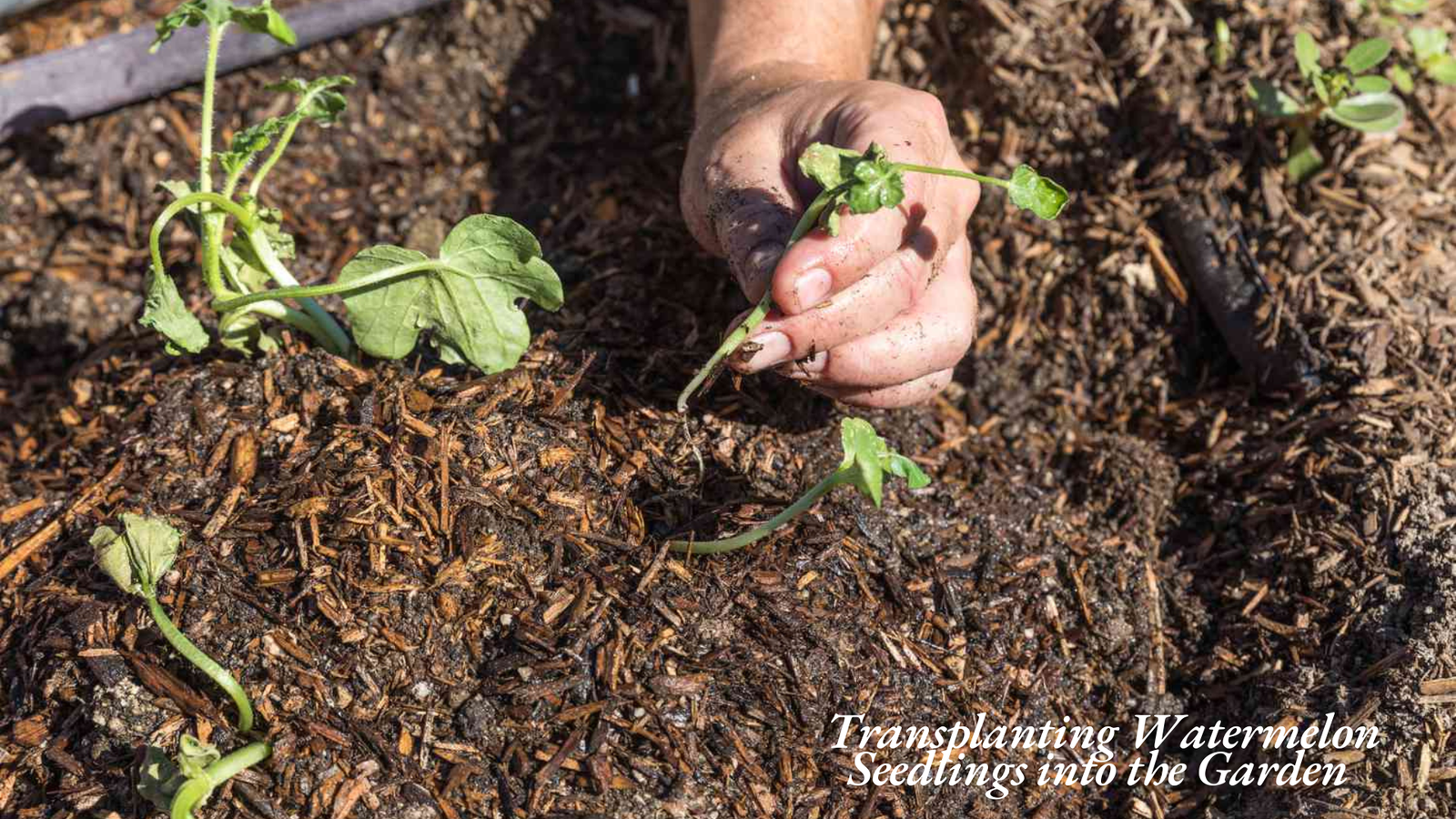
After the weather warms and the plants are strong, it’s time to transplant watermelon seedlings. You may ask, how to transplant watermelon seedlings without damaging them? First, harden them off by placing them outside during the day for a few hours. Gradually increase the time each day for about a week.
Next, plant them in rows with plenty of space. The ideal spacing for watermelon vines is about 6 to 8 feet apart. This wide vine spacing for watermelons allows air to move and prevents rot. This is a key step to reduce the chance of disease and overcrowding.
Watering and Fertilizing for Maximum Growth
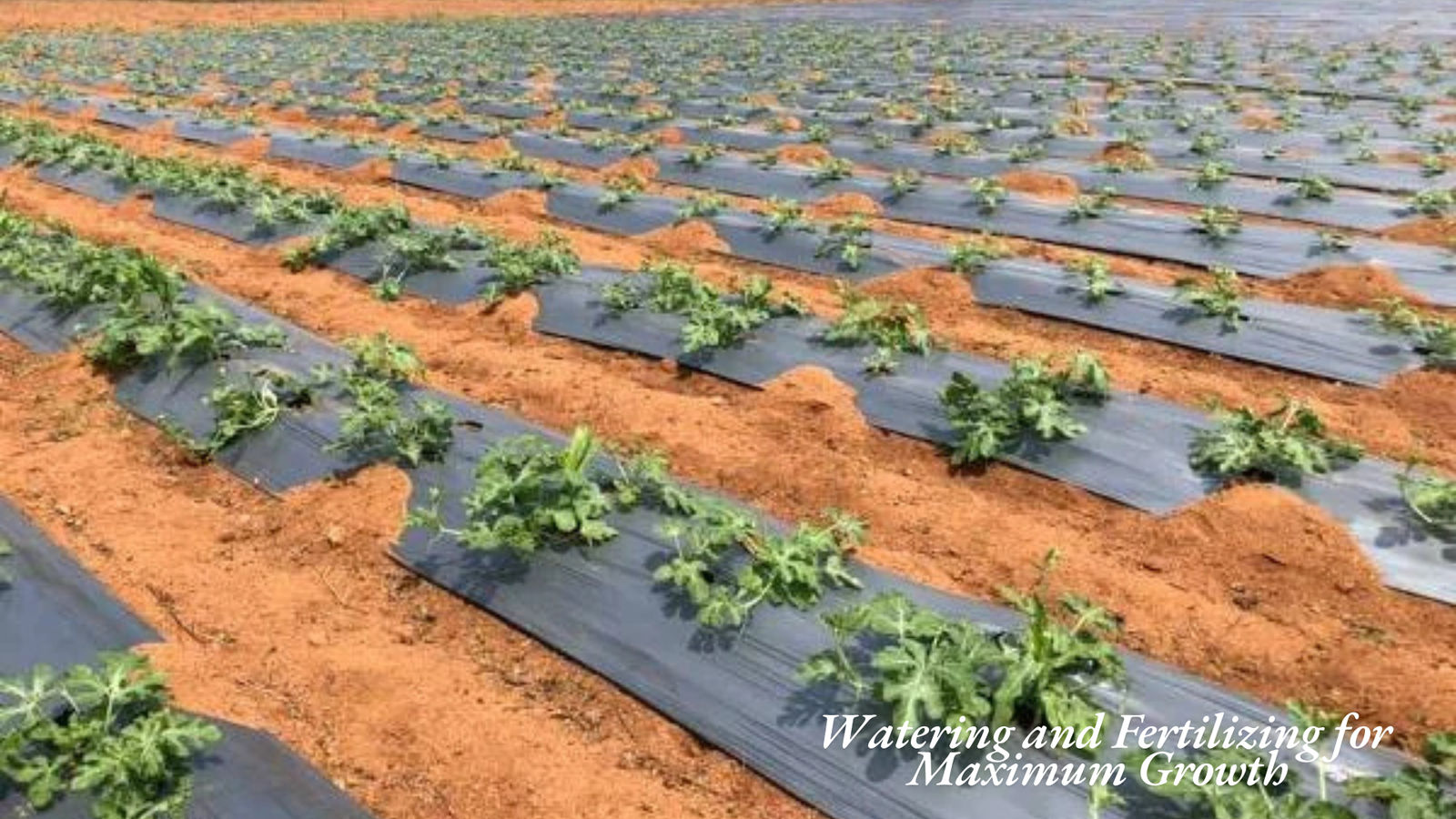
Watermelon plants need consistent moisture. Many gardeners ask, how much water do watermelon plants need? On average, 1 to 2 inches per week is ideal. Use a drip irrigation system to keep water low to the ground and avoid wetting the leaves.
Now let’s talk about fertilizer. A nitrogen-rich fertilizer helps during the early growth stage. Later, switch to a phosphorus and potassium mix to boost fruit growth. Knowing what is the best fertilizer for watermelon depends on the growth stage. Use compost as a natural booster too.
Pruning, Mulching, and Ongoing Plant Care
Good care means better melons. You can prune weak vines to help the strong ones grow. Some people also prune to control direction and improve airflow. Use mulch for watermelon to lock in moisture and block weeds. This also keeps soil temperature stable.
Check plants daily for stress. Yellow leaves may be a sign of overwatering or disease. Watch for signs of overwatering watermelon, like soggy soil or fungal spots. Fix issues early to avoid major plant loss later in the season.
Common Pests and Diseases in Watermelon Plants
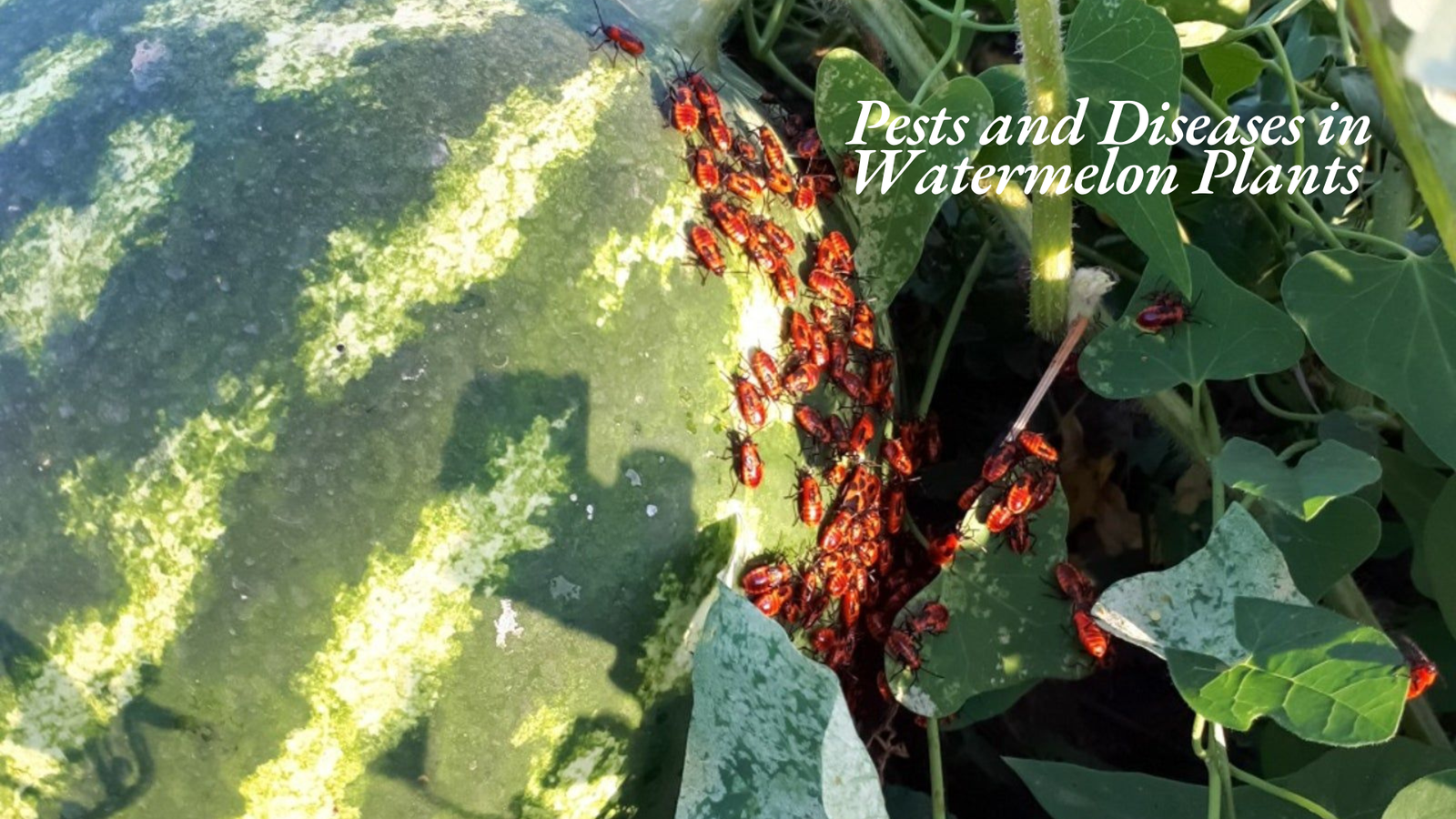
Melons are sweet but also attract pests. One key question is how to protect watermelon from pests. Common insects include aphids and beetles. Fungal diseases like fusarium wilt in watermelons are also serious problems. The leaves wilt and yellow quickly.
Use organic pest control for watermelon such as neem oil or insecticidal soap. To lower disease risk, rotate crops and never plant watermelons in the same spot two years in a row. Knowing how to prevent diseases in watermelon plants keeps your patch strong and productive.
Container Growing Tips for Crimson Sweet Watermelon
People often ask, can watermelon be grown in containers? Yes, but you need big containers. Each pot should hold at least 20 gallons. Watermelon container gardening also needs trellising or floor space for vines to spread.
Use light soil with compost for drainage. Keep it moist but not wet. Place pots in full sun and rotate them if needed. Fertilize often, as pots lose nutrients fast. With the right care, even large types like Crimson Sweet can grow in containers, though smaller types like Sugar Baby are easier.
When and How to Harvest Crimson Sweet Watermelons
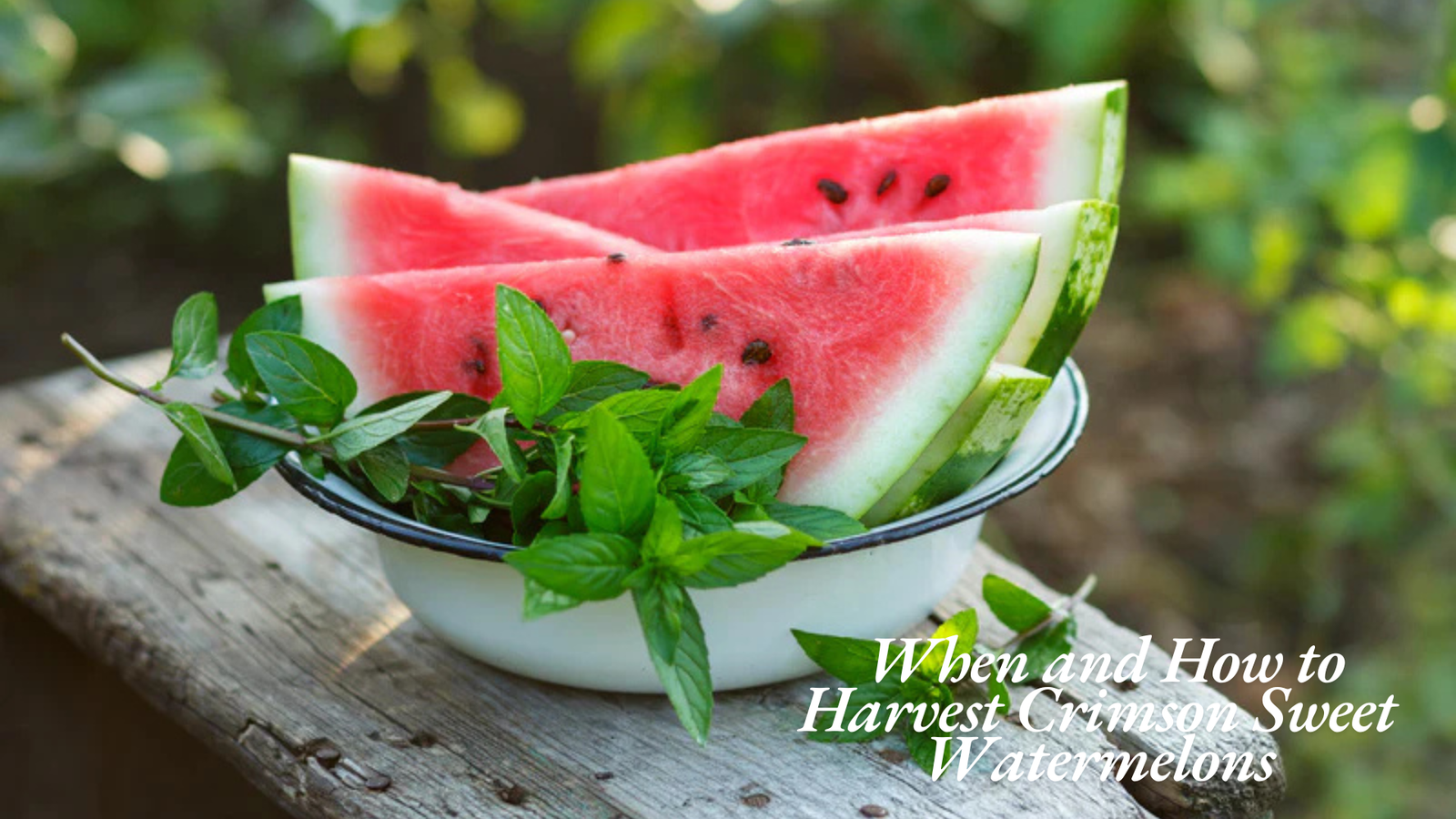
Timing matters. How to tell if a watermelon is ripe includes a few signs. Look for a creamy yellow spot underneath and check if the curly tendril near the stem is dry. These are strong watermelon harvest signs.
Use clean garden shears to clip the fruit, leaving a short stem. Lift carefully and don’t roll or drop it. Wondering how long does it take to grow Crimson Sweet watermelon? Usually around 85 days from planting to harvest under good conditions.
Final Tips for Growing Large, Sweet Crimson Watermelons
Want to grow the best melons? First, provide enough growing space for watermelons. Also, use watermelon companion planting to attract pollinators and reduce pests. Marigolds, nasturtiums, and herbs like basil work great nearby.
Water consistently, especially during dry spells. Limit the number of fruits per plant to boost size. Curious how big do Crimson Sweet watermelons get? With care, they often reach 15 to 25 pounds. And if you’re wondering how many watermelons per plant, expect 2 to 4 healthy fruits per vine.
Conclusion
Growing Crimson Sweet melons is worth the effort. With the right seeds, soil, water, and care, you can grow big, juicy melons at home. Now you know exactly how to crimson sweet watermelon growing stages from seed, from early planting to sweet harvest.
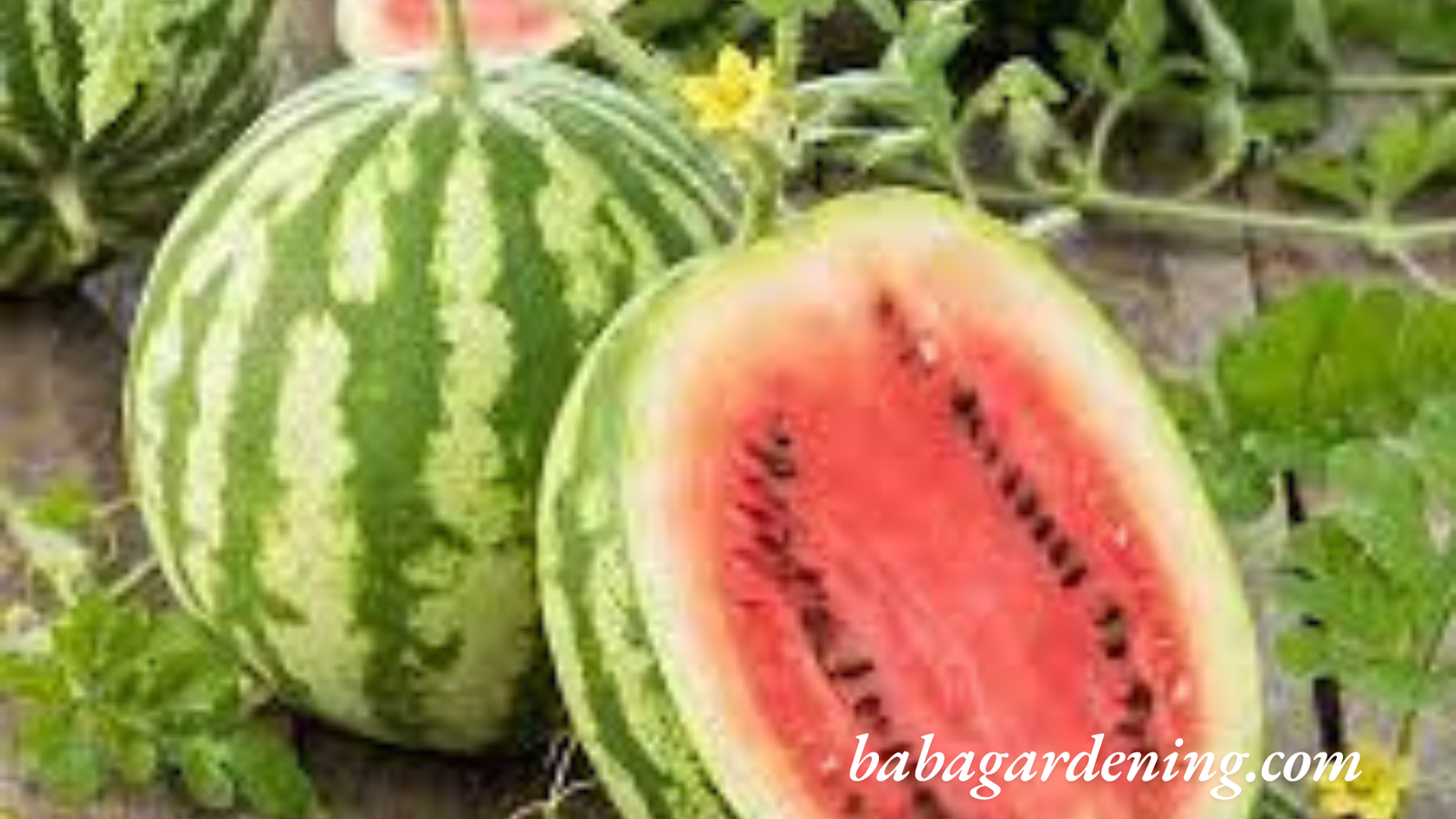
For extra savings, can you save watermelon seeds? Yes, just dry and store them properly. Also, be sure to practice crop rotation so you don’t repeat what causes watermelon leaves to wilt in poor soil.
If you follow this guide, your next homegrown watermelon harvest will be sweet, rewarding, and delicious. Don’t forget to enjoy the fruit of your labor—and maybe even share it with neighbors!
FAQs
- How long does it take for a Crimson Sweet watermelon to grow?
Crimson Sweet watermelons typically take 80 to 90 days from planting to harvest under ideal conditions. - Can you trellis Crimson Sweet watermelon?
Trellising is possible but not ideal, as Crimson Sweet produces large, heavy fruits that may require extra support. - How many Crimson Sweet watermelons per vine?
Each vine usually produces 2 to 4 full-sized watermelons, depending on care and growing conditions. - How to tell when Crimson Sweet watermelon is ripe?
Look for a yellow belly spot, a drying tendril near the stem, and a dull, hollow sound when tapped. - How big are Crimson Sweet watermelons supposed to get?
Mature Crimson Sweet watermelons typically weigh 15 to 25 pounds and have a round to oval shape.



